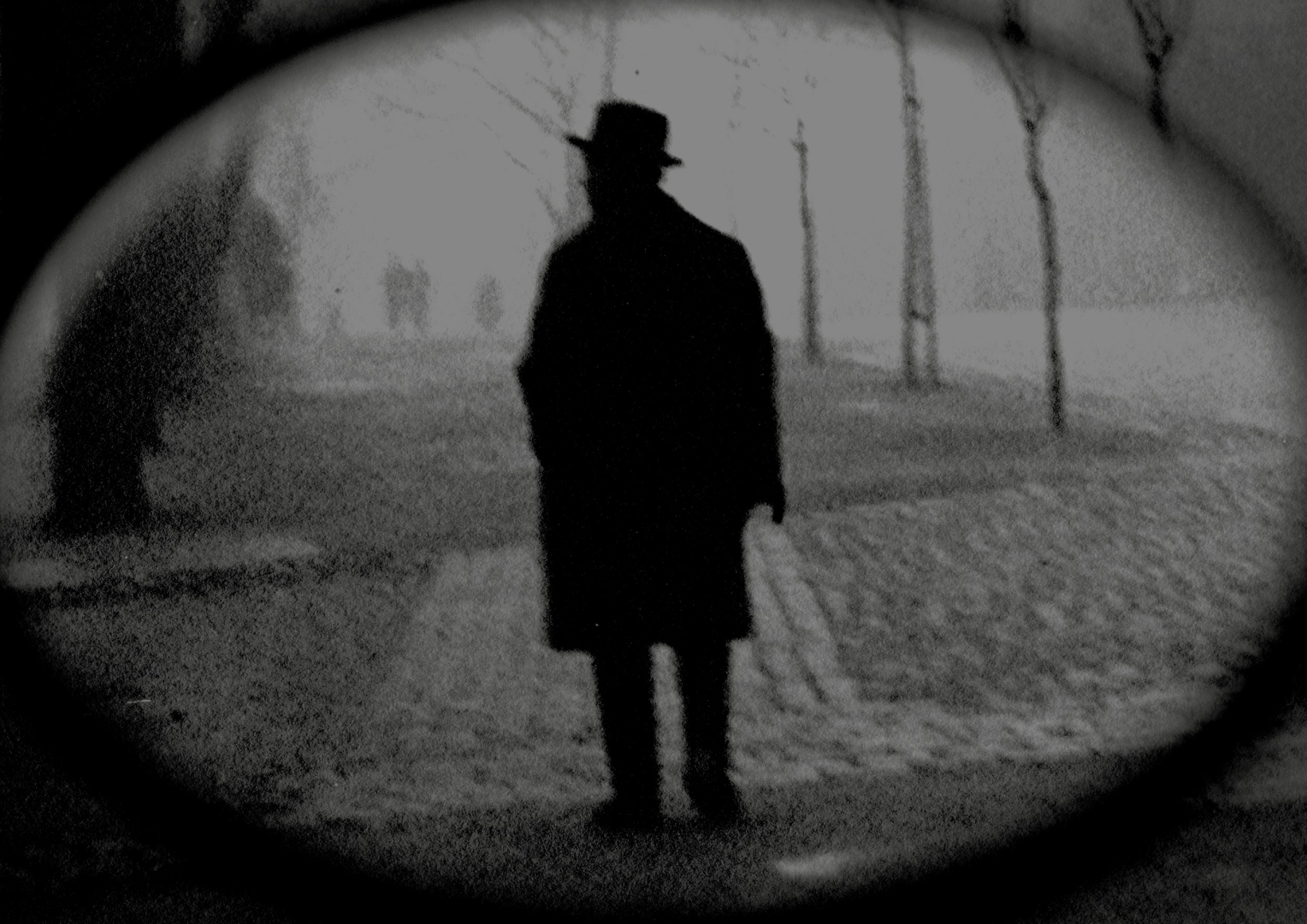Mr. N passed his later respectable years in the 1920s and 1930s, when he had achieved wealth and had permanently exchanged his dirt floor – both mentally and physically – for herringbone parquet. New ways of living, values and opportunities for self-fulfilment opened up for him. He had achieved complete freedom and independence. His desires found new outlets, the woods behind the house were replaced by an indoor toilet and God was supplanted by a bowler hat. In the long but lonely moments of idleness that arose, Mr. N always found time to go for walks, drop into a café and reflect upon life and death, rebellion and the flesh, time and faith, wisdom and urges, naked female bodies and the loathsomeness of the rabble. When Mr. N left us, it happened imperceptibly. Dust fell in his room.
Urmas Lüüs (b. 1987) has studied blacksmithing and creates large-scale installations and performances. His solo exhibitions have often had a narrative texture, introducing spatial environments where someone has seemingly resided or often visited. Shifts, interruptions and impossibilities occur in these spaces, creating a poetic and figurative level. This exhibition includes numerous objects and works of art from various museum collections in order to simulate historical authenticity and to create new labyrinths of ideas. There is also a certain disquiet to Lüüs’s exhibitions: underneath the apparent sense of security, there is a palpable and disgusting danger and decay. Lüüs builds worlds and immediately tears them down.
The exhibition includes works by Eduard Wiiralt, Johannes Mülber, Oskar Kallis, August Weizenberg, Erna Kreischmann, Hando Mugasto, Endel Kõks, Amandus Adamson and many other artists from the collections of the Art Museum of Estonia and other Estonian museums. The historical furniture and items on display come from the collections of the Art Museum of Estonia and private collections.
Exhibition team:
Artist: Urmas Lüüs
Curator: Eero Epner
Exhibition design: Urmas Lüüs
Technical support: Siim Hiis
Graphic design: Ott Metusala
Lighting: Oliver Kulpsoo
Sound: Lauri Lest
Coordinator: Magdaleena Maasik
We thank: Tartu Art Museum, Estonian History Museum, Tallinn City Museum, Pärnu Museum, Estonian Academy of Arts (jewelry and blacksmithing), Tütar Gallery, Hans-Otto Ojaste, Ingrid Allik, Andres Allik, Terje Meisterson, Sandra Ernits and Valdek Laur




